Which Digital Camera Is Best ?
There is no definitive answer to which digital camera is the best as it depends on individual needs and preferences. Some popular options include Canon EOS 5D Mark IV, Nikon D850, Sony Alpha A7R IV, and Fujifilm X-T4. It is recommended to consider factors such as budget, desired features, intended use, and personal shooting style when choosing a digital camera.
1、 Image quality and resolution
When it comes to image quality and resolution, there are several digital cameras that stand out in the market. However, it is important to note that the "best" camera ultimately depends on individual needs and preferences. That being said, there are a few cameras that consistently receive high praise for their image quality and resolution.
One such camera is the Sony Alpha a7R IV. With its impressive 61-megapixel full-frame sensor, this camera delivers exceptional image quality and resolution. It offers incredible detail and sharpness, making it a favorite among professional photographers and enthusiasts alike. Additionally, the a7R IV boasts excellent dynamic range and low-light performance, ensuring stunning images in various lighting conditions.
Another notable camera is the Nikon D850. Equipped with a 45.7-megapixel full-frame sensor, it produces images with outstanding clarity and detail. The D850 also offers a wide dynamic range and excellent low-light capabilities, making it a versatile choice for various photography genres.
In recent years, mirrorless cameras have gained popularity for their image quality and resolution. The Fujifilm X-T4 is a prime example of this. With its 26.1-megapixel APS-C sensor, it delivers impressive image quality and sharpness. The X-T4 also offers excellent color reproduction, thanks to Fujifilm's renowned film simulation modes.
It is worth mentioning that technology is constantly evolving, and new cameras are released regularly. Therefore, it is essential to stay updated with the latest releases and reviews to make an informed decision based on the current market offerings.
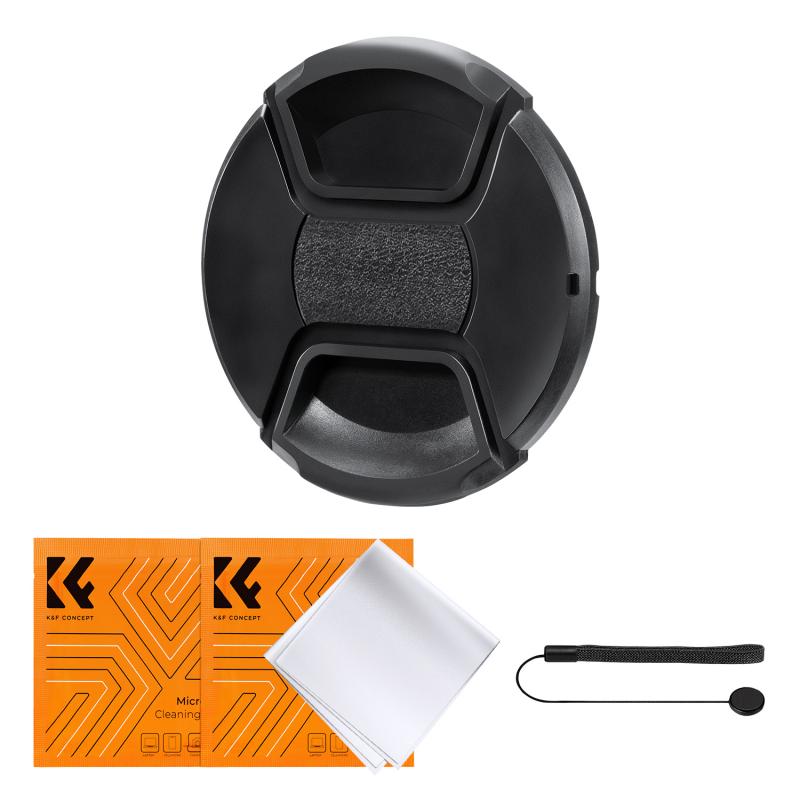
2、 Sensor size and type
When it comes to determining the best digital camera, one of the most crucial factors to consider is the sensor size and type. The sensor is the component that captures light and converts it into a digital image. It plays a significant role in determining the image quality, low-light performance, dynamic range, and overall versatility of a camera.
In general, larger sensor sizes tend to produce better image quality. Full-frame sensors, which are equivalent in size to traditional 35mm film, are considered the gold standard in the industry. They offer excellent low-light performance, superior dynamic range, and the ability to capture more detail. However, full-frame cameras are typically more expensive and bulkier than cameras with smaller sensors.
APS-C sensors, found in many mid-range DSLRs and mirrorless cameras, are smaller than full-frame sensors but still offer impressive image quality. They strike a good balance between performance and affordability, making them a popular choice among enthusiasts and professionals alike.
Micro Four Thirds sensors, found in some mirrorless cameras, are even smaller but still deliver excellent image quality. They are known for their compact size and wide range of lens options, making them a great choice for travel and street photography.
It's worth noting that sensor technology is constantly evolving, and newer cameras are often equipped with improved sensors that offer better performance than their predecessors. For example, backside-illuminated (BSI) sensors have become increasingly popular in recent years. They are designed to capture more light, resulting in improved low-light performance and reduced noise.
Ultimately, the best digital camera in terms of sensor size and type depends on your specific needs and budget. It's important to consider factors such as the type of photography you plan to pursue, your skill level, and your willingness to invest in additional lenses and accessories. Researching and comparing different camera models, reading reviews, and seeking professional advice can help you make an informed decision.
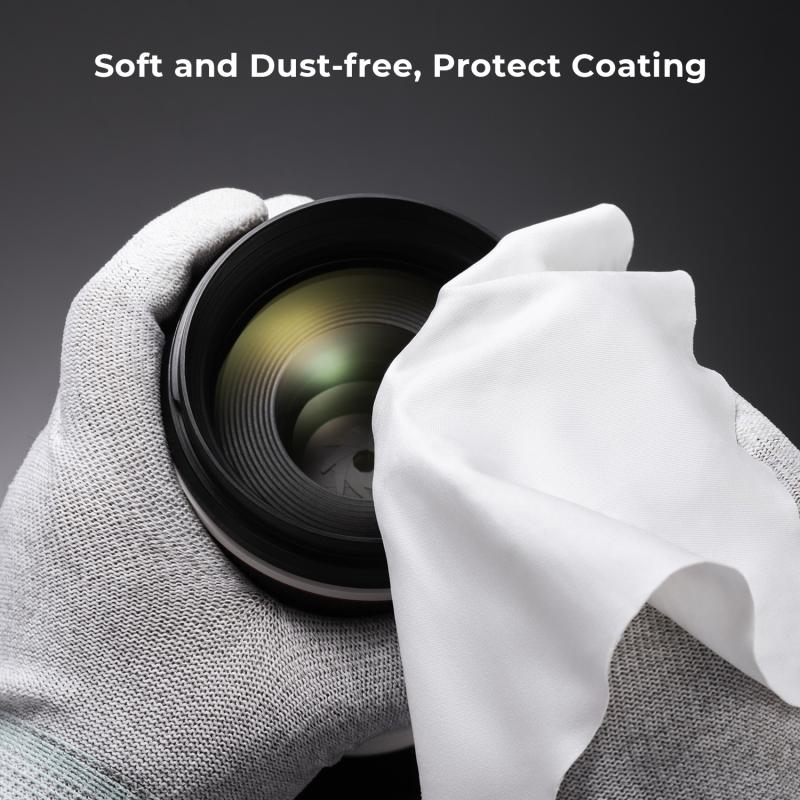
3、 Lens quality and focal length range
When it comes to lens quality and focal length range, there are several digital cameras that stand out in the market. However, it is important to note that the "best" camera in this regard can vary depending on individual needs and preferences.
One camera that is often praised for its lens quality is the Sony Alpha a7R IV. It features a full-frame sensor and a wide range of high-quality lenses to choose from. The camera offers excellent image sharpness and clarity, making it a popular choice among professional photographers. Additionally, Sony has been consistently expanding its lens lineup, providing users with more options to suit their specific needs.
Another camera worth mentioning is the Canon EOS 5D Mark IV. Canon has a long-standing reputation for producing top-notch lenses, and the 5D Mark IV is no exception. With a full-frame sensor and a wide range of compatible lenses, this camera delivers exceptional image quality and versatility. Canon's extensive lens ecosystem ensures that photographers have access to a variety of focal lengths and specialized lenses for different shooting scenarios.
In terms of the latest point of view, mirrorless cameras have gained significant popularity in recent years. Brands like Sony, Fujifilm, and Panasonic have been pushing the boundaries of lens technology in their mirrorless offerings. These cameras often feature compact designs and innovative lens systems, providing photographers with a wide range of focal lengths in a smaller form factor.
Ultimately, the "best" camera for lens quality and focal length range will depend on individual needs, budget, and shooting preferences. It is recommended to thoroughly research and test different cameras and lenses before making a purchase to ensure they meet specific requirements.
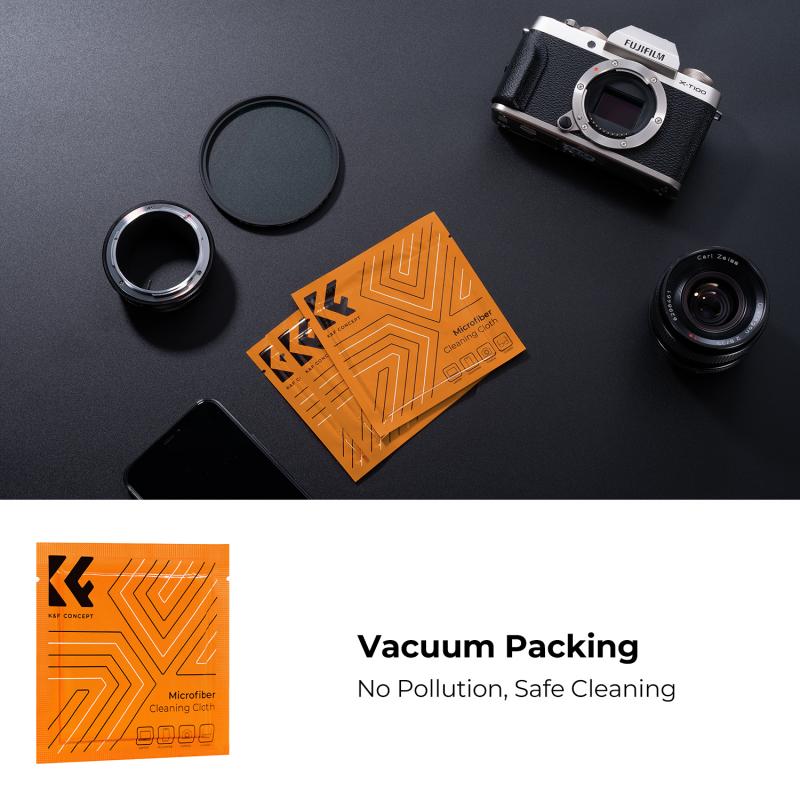
4、 ISO sensitivity and low-light performance
When it comes to ISO sensitivity and low-light performance, there are several digital cameras that stand out in the market. However, it is important to note that the "best" camera in this category can vary depending on individual needs and preferences.
One camera that is often praised for its exceptional ISO sensitivity and low-light performance is the Sony A7S III. This full-frame mirrorless camera boasts an impressive ISO range of 80-102400, which can be expanded up to 409600. It utilizes a back-illuminated 12.1-megapixel sensor, which allows for excellent low-light capabilities and reduced noise levels. The A7S III also features advanced noise reduction algorithms and improved heat dissipation, ensuring clean and high-quality images even in challenging lighting conditions.
Another camera worth considering is the Nikon Z6 II. This mirrorless camera offers an ISO range of 100-51200, expandable up to 204800. It utilizes a 24.5-megapixel full-frame sensor with backside illumination, which enhances its low-light performance. The Z6 II also incorporates Nikon's Expeed 6 image processor, which helps to reduce noise and maintain image quality at high ISO settings.
In terms of the latest point of view, it is worth mentioning the Canon EOS R5. This mirrorless camera features a 45-megapixel full-frame sensor and an ISO range of 100-51200, expandable up to 102400. The EOS R5 incorporates Canon's latest image processing technology, which allows for excellent low-light performance and reduced noise levels. Additionally, it offers impressive in-body image stabilization, further enhancing its low-light capabilities.
Ultimately, the "best" digital camera for ISO sensitivity and low-light performance will depend on factors such as budget, specific requirements, and personal preferences. It is recommended to thoroughly research and compare different models to find the camera that best suits your needs.
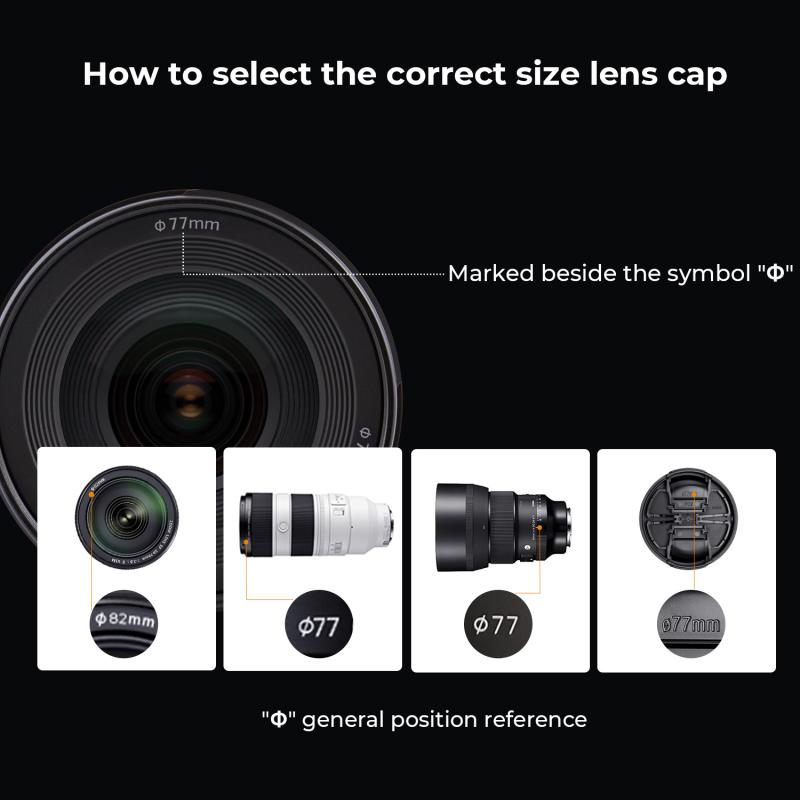










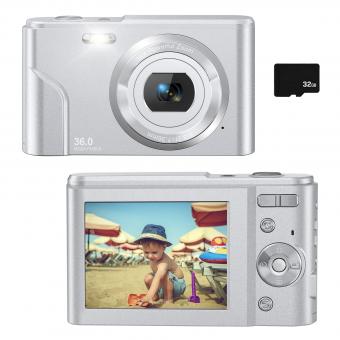





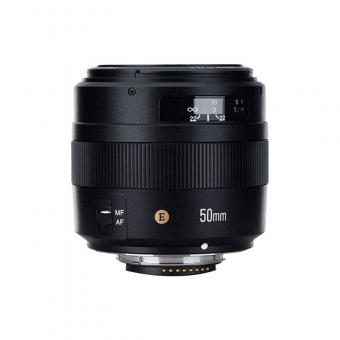


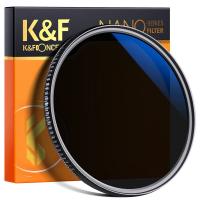
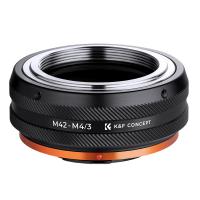
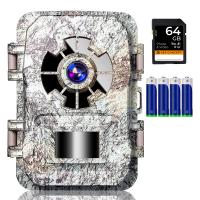
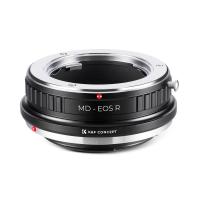
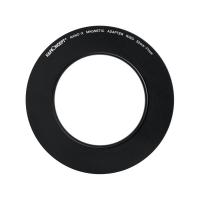




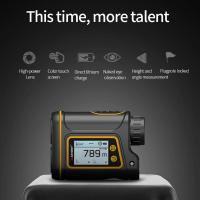
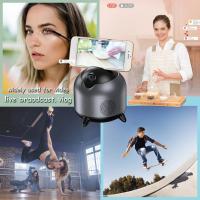
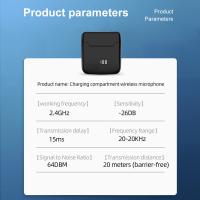
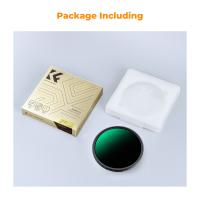
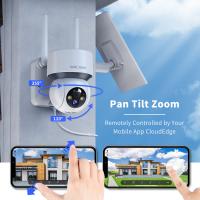
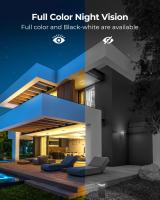

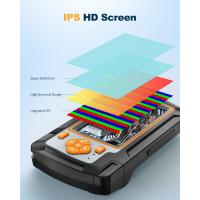
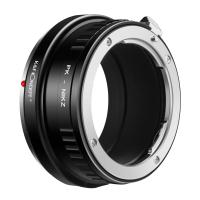
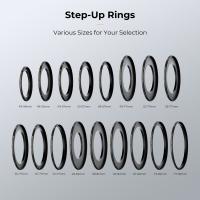
There are no comments for this blog.